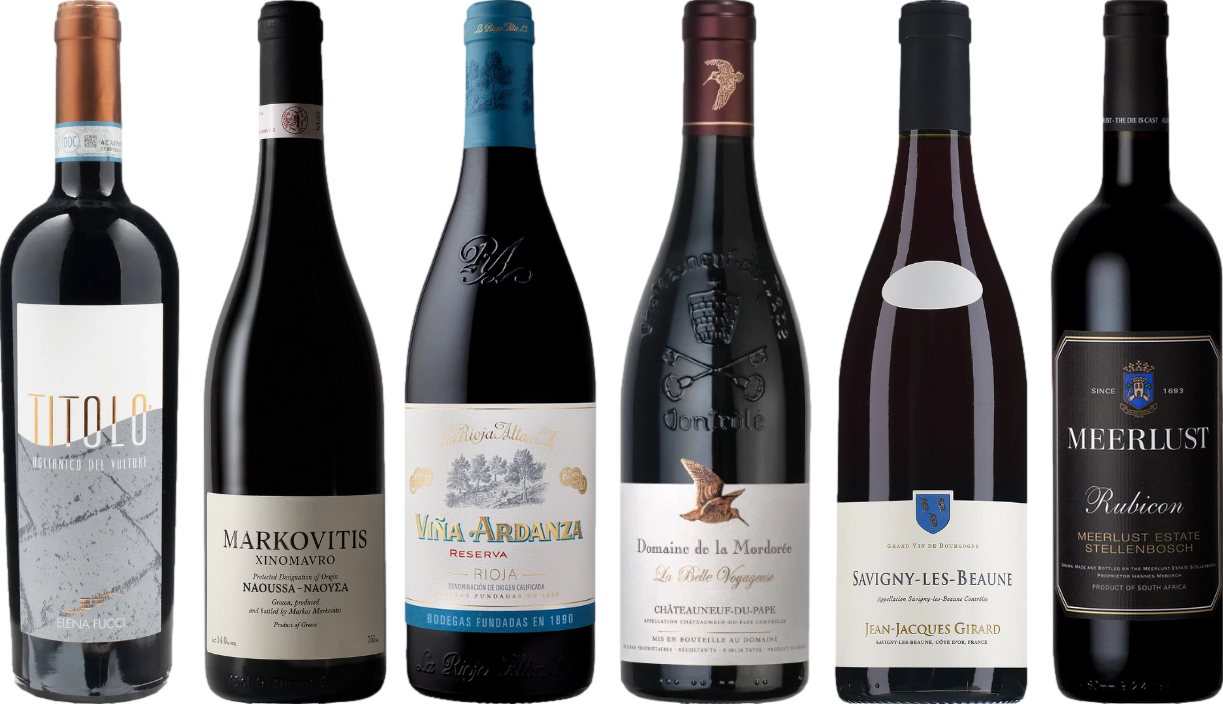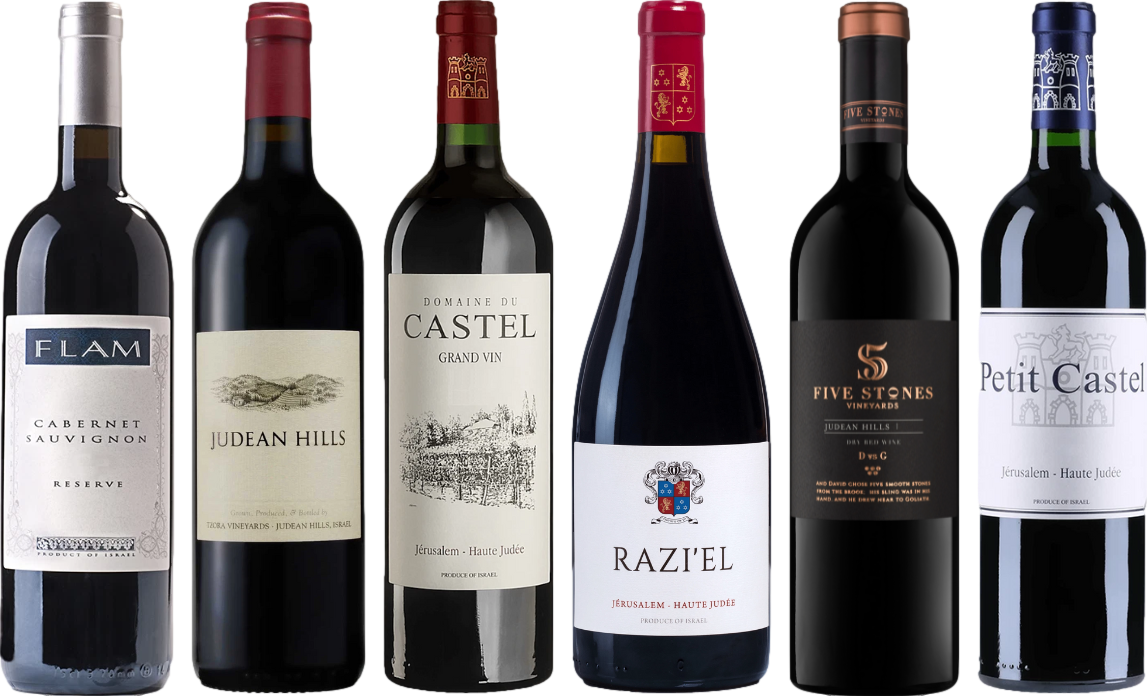



Incorporating moderate amounts of this particular fermented beverage into your regimen could provide some advantages in your quest for a leaner physique. Research has indicated that specific compounds found in this drink, such as resveratrol, may enhance metabolic activities and promote fat oxidation, potentially aiding in body composition management.
It’s crucial to approach this option with caution. Consuming excessive quantities can lead to calorie surplus, counteracting any potential benefits. A balanced intake, around one glass per day for women and up to two for men, might offer the desired effects without the drawbacks associated with overindulgence.
Pairing this beverage with nutrient-dense foods can amplify its positive impact. Opt for meals rich in fiber and protein to maintain fullness while enjoying the subtle flavors that this drink provides. Ultimately, integrating it into a holistic lifestyle focused on nutrition and physical activity will yield the best outcomes.
Is Red Wine Beneficial for Weight Management?
Moderate consumption of this dark beverage may indeed support your goals in managing body composition. Some studies suggest that compounds found in it, particularly resveratrol, can aid in fat metabolism. This polyphenol has been shown to activate genes that help burn fat and improve insulin sensitivity, potentially contributing to a healthier body mass index.
Recommended Serving Size
To reap potential advantages without excessive caloric intake, limit your intake to 5 ounces per day. This amount can provide beneficial antioxidants while minimizing additional calories.
Potential Risks
Overconsumption can lead to unwanted caloric surplus. Balance is key; pairing with a nutritious diet and regular physical activity is essential for optimal results. Be mindful of overall lifestyle choices to achieve desired outcomes.
| Benefit | Details |
|---|---|
| Metabolism Support | May help activate fat-burning genes. |
| Antioxidants | Rich in compounds that combat oxidative stress. |
| Insulin Sensitivity | Potentially improves body’s response to insulin. |
Understanding the Caloric Content of Red Wine
Approximately 125 calories are found in a standard 5-ounce glass of this fermented grape beverage. The sugar content typically ranges from 1 to 3 grams per serving, influencing the overall caloric value. When aiming for a balanced diet, it’s essential to consider how these calories fit within your daily intake. Moderation becomes key, as excessive consumption can quickly add up, counteracting dietary goals.
Factors Influencing Caloric Value
The specific type of grape and the fermentation process significantly affect caloric density. Varietals with higher residual sugar, such as certain Merlots or Zinfandels, may contain more calories than drier options like Cabernet Sauvignon or Pinot Noir. Additionally, serving size plays a crucial role; larger pours can lead to increased calorie consumption without realizing it.
Practical Recommendations
To incorporate this libation while managing caloric intake, consider enjoying a smaller pour or opting for drier varieties. Pairing with lighter meals can enhance flavors without significantly boosting calorie counts. Balancing beverage choices with nutrient-dense foods will support overall health objectives without sacrificing enjoyment.
How Red Wine Affects Metabolism and Fat Burning
Moderate consumption of this beverage can influence metabolism positively by enhancing fat oxidation. Research indicates that polyphenols in this drink may stimulate the activity of certain enzymes responsible for breaking down fats. This process can potentially aid in reducing body fat percentage when combined with a balanced diet and exercise regimen.
Impact of Resveratrol
Resveratrol, a prominent polyphenol found in the beverage, plays a significant role in metabolic regulation. Studies suggest that it activates AMPK, an enzyme that boosts energy expenditure and encourages fat utilization. Incorporating this drink in moderation may therefore support metabolic health and enhance the body’s ability to burn fat more efficiently.
Insulin Sensitivity and Appetite Regulation
This drink has been linked to improved insulin sensitivity, which can help regulate blood sugar levels and reduce cravings. Enhanced insulin sensitivity allows the body to utilize glucose more effectively, potentially reducing the likelihood of fat storage. Furthermore, moderate intake may contribute to a feeling of satiety, helping to manage portion sizes and overall caloric intake.
The Role of Resveratrol in Weight Management
Incorporating resveratrol into your diet may aid in managing body composition. This polyphenol, found in certain grape varieties, has been researched for its potential benefits in fat metabolism and appetite regulation.
Key findings include:
- Resveratrol can enhance mitochondrial function, which may increase energy expenditure.
- This compound has been shown to influence insulin sensitivity, helping to stabilize blood sugar levels and curb cravings.
- Studies suggest that resveratrol may promote the browning of white adipose tissue, leading to improved fat oxidation.
For optimal results, consider the following recommendations:
- Incorporate foods high in resveratrol, such as berries, dark chocolate, and peanuts, into your meals.
- Consult with healthcare professionals before adding supplements to ensure they fit your individual health needs.
- Combine resveratrol intake with a balanced diet and regular exercise for enhanced effects.
Monitoring your body’s response to resveratrol can help you understand its impact on your personal health journey. Adjustments may be necessary based on your unique metabolism and lifestyle factors.
Comparing Red Wine with Other Alcoholic Beverages for Weight Loss
Choosing a beverage with fewer calories can impact your dietary goals. Among various alcoholic options, some stand out when it comes to managing body mass. Generally, spirits like vodka or gin contain around 96 calories per 1.5 ounces, making them lower in calories than many cocktails and certain other drinks. However, these spirits often require mixers that can increase overall caloric intake.
On the other hand, light beers typically have fewer calories than their regular counterparts, averaging about 100 calories per 12 ounces. This makes them a favorable choice if you’re monitoring calorie consumption. Craft beers, while flavorful, can pack in calories, sometimes exceeding 200 per serving.
When it comes to heart health and antioxidants, beverages like champagne and prosecco offer benefits without excessive calories, usually hovering around 80-100 calories per 4 ounces. The effervescence can also make you feel fuller, potentially reducing overall consumption.
In terms of portion control, enjoying a small glass of a certain beverage can be satisfying, especially when paired with a meal. A recommended pairing could include how to cook a baseball steak, which provides protein and can help mitigate calorie absorption from your drink.
Ultimately, moderation and mindful consumption of alcoholic beverages play a significant role in achieving dietary objectives. Selecting options with lower caloric content and balancing them with nutritious food can enhance your overall strategy.
Practical Tips for Incorporating Red Wine into a Weight Loss Plan
Limit your intake to one serving a day to manage calorie consumption effectively. A standard glass typically contains around 120-125 calories, so moderation is key.
Pair your glass with a balanced meal. Opt for lean proteins and plenty of vegetables to create a satisfying dining experience while ensuring that the total caloric intake remains in check.
Choose varietals with lower sugar content. Dry options tend to have fewer calories than sweeter counterparts, providing a better fit for your dietary goals.
Consider the timing of consumption. Enjoying a glass during dinner can enhance meal satisfaction, potentially reducing the likelihood of late-night snacking.
Stay hydrated. Alternating between sips of your beverage and water can help maintain hydration and may reduce overall calorie intake during meals.
Be mindful of your activity level. If you indulge in a glass, plan for an extra workout session to balance out the calories consumed.
Explore lower-calorie alternatives if you find it challenging to maintain moderation. There are options available that offer similar flavors with fewer calories.
Track your consumption. Keeping a journal of your intake can help you stay accountable and make informed decisions about your eating and drinking habits.
Lastly, savor each sip. Taking your time to enjoy the flavors can enhance your experience and may lead to a more satisfying consumption, reducing the urge to overindulge.








